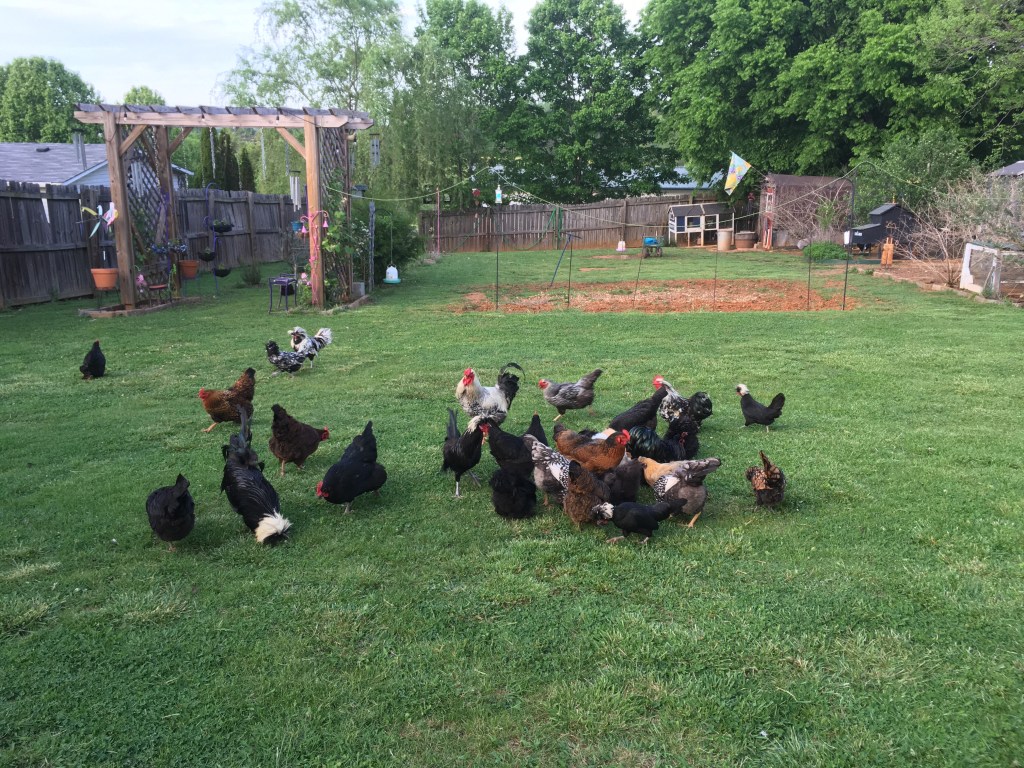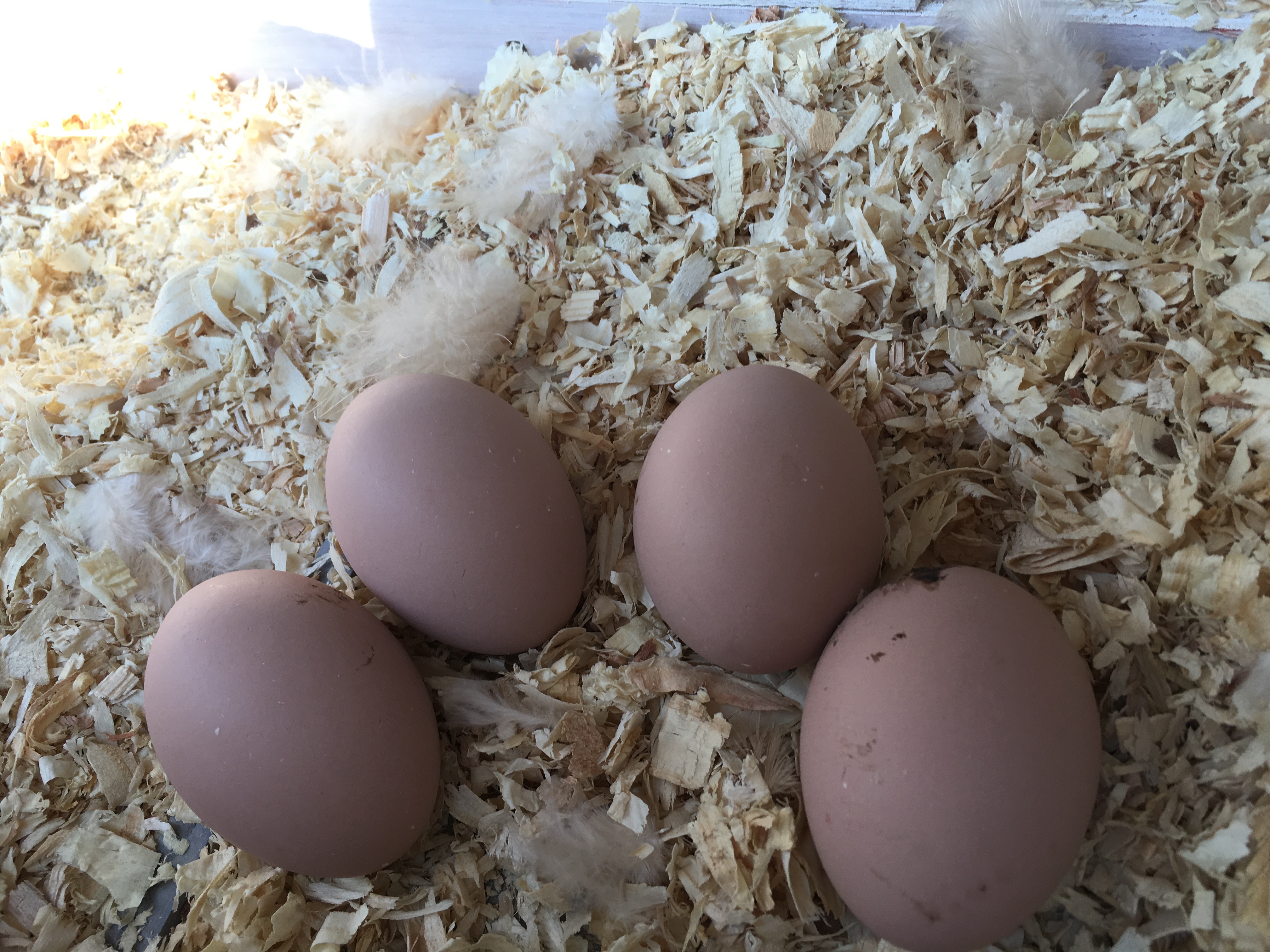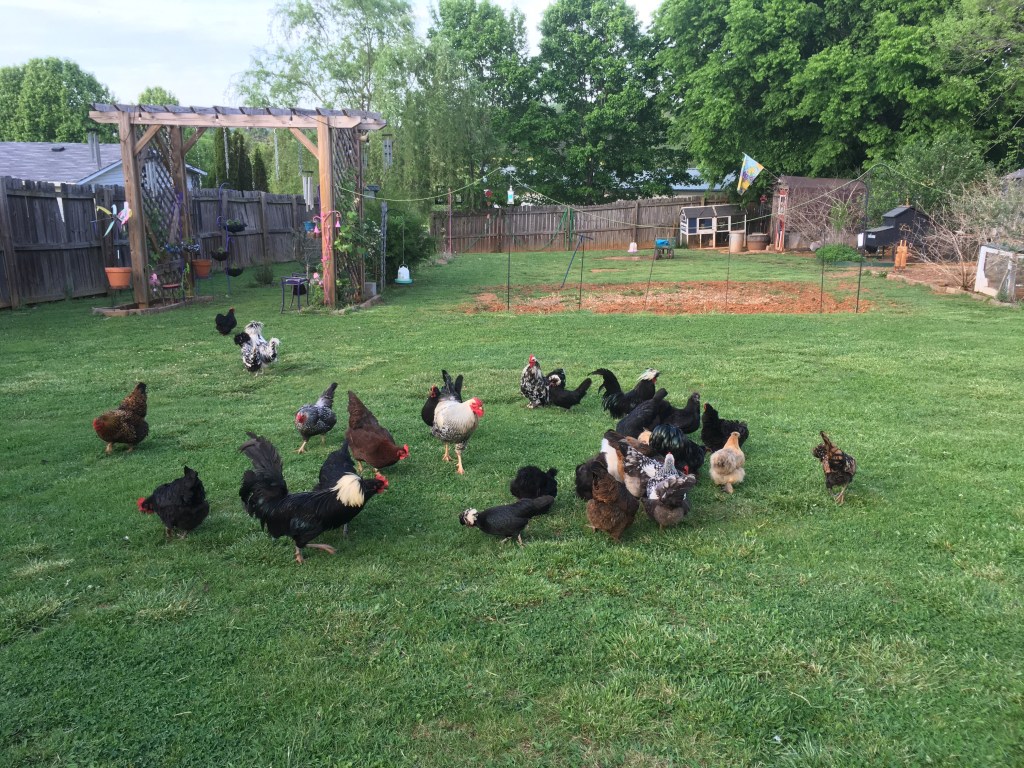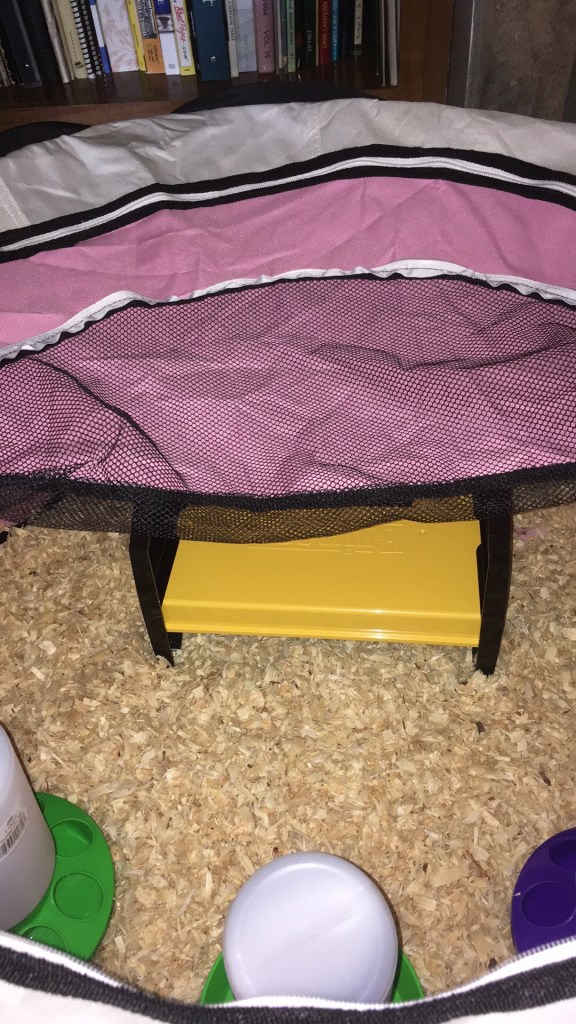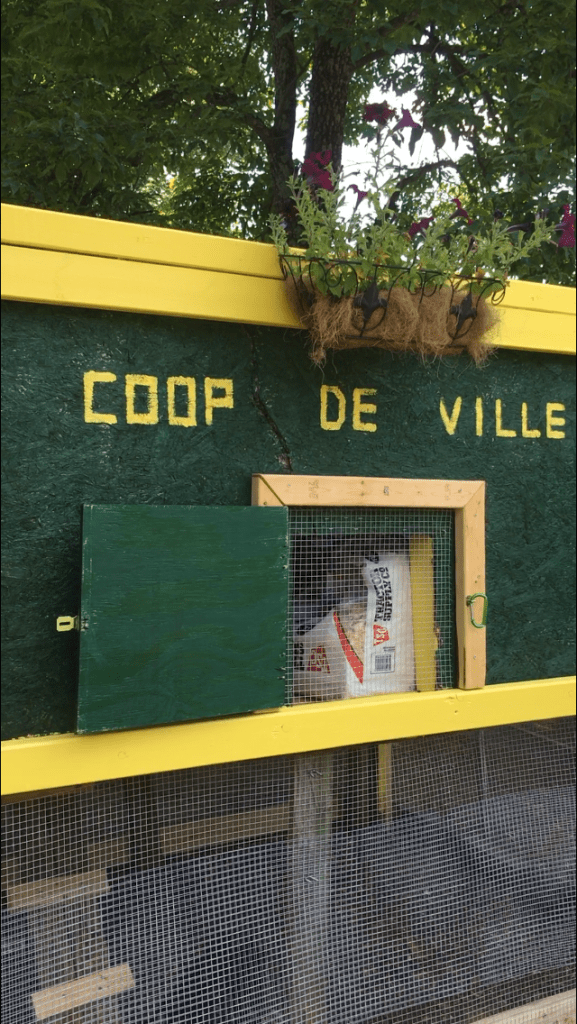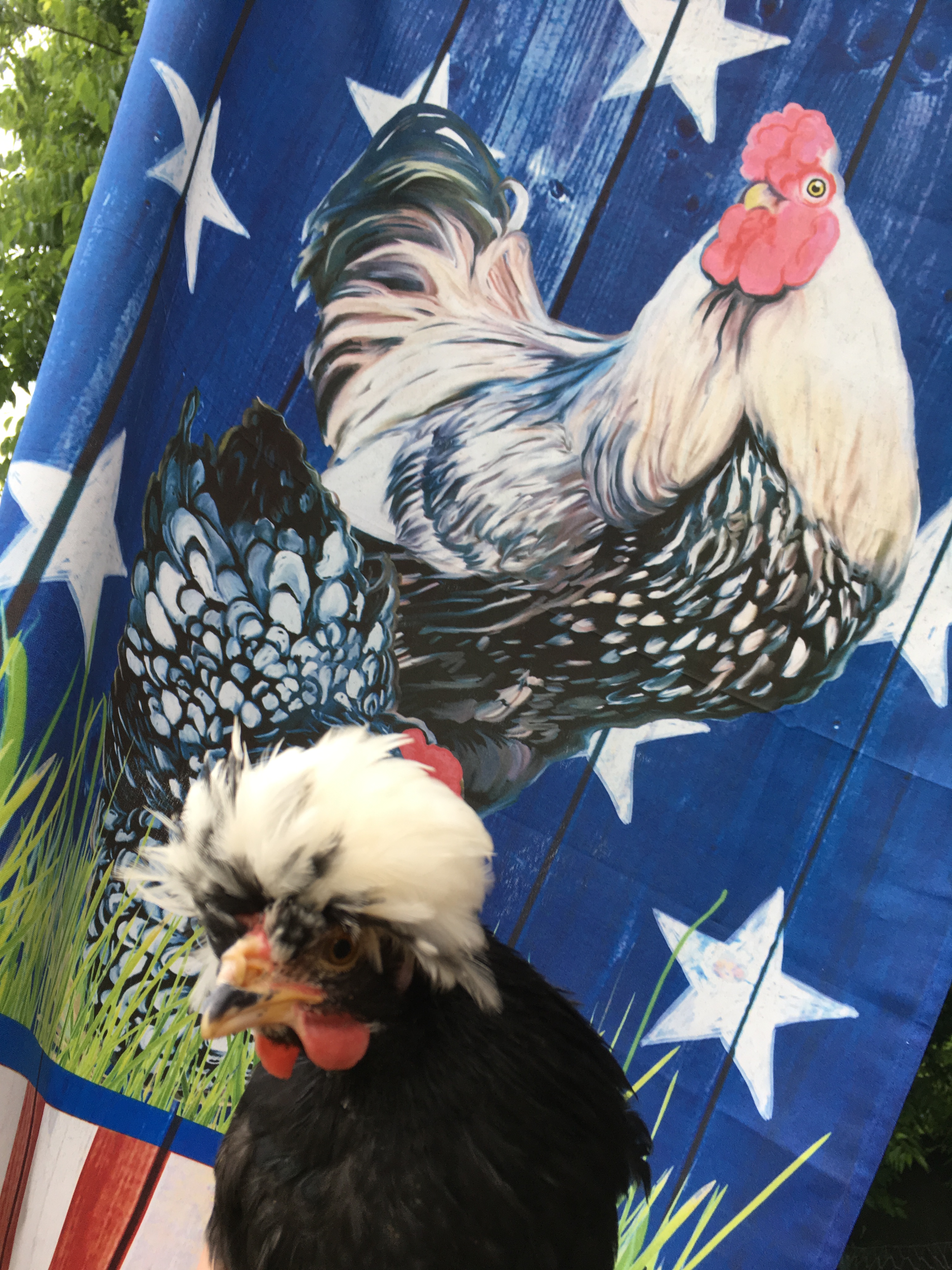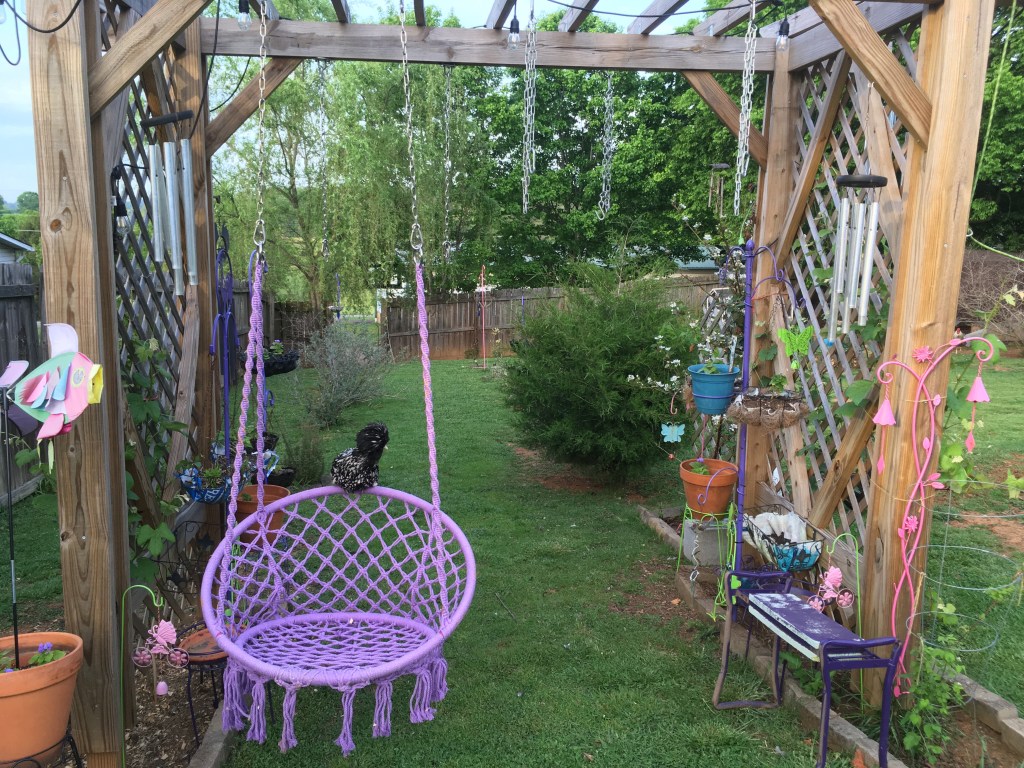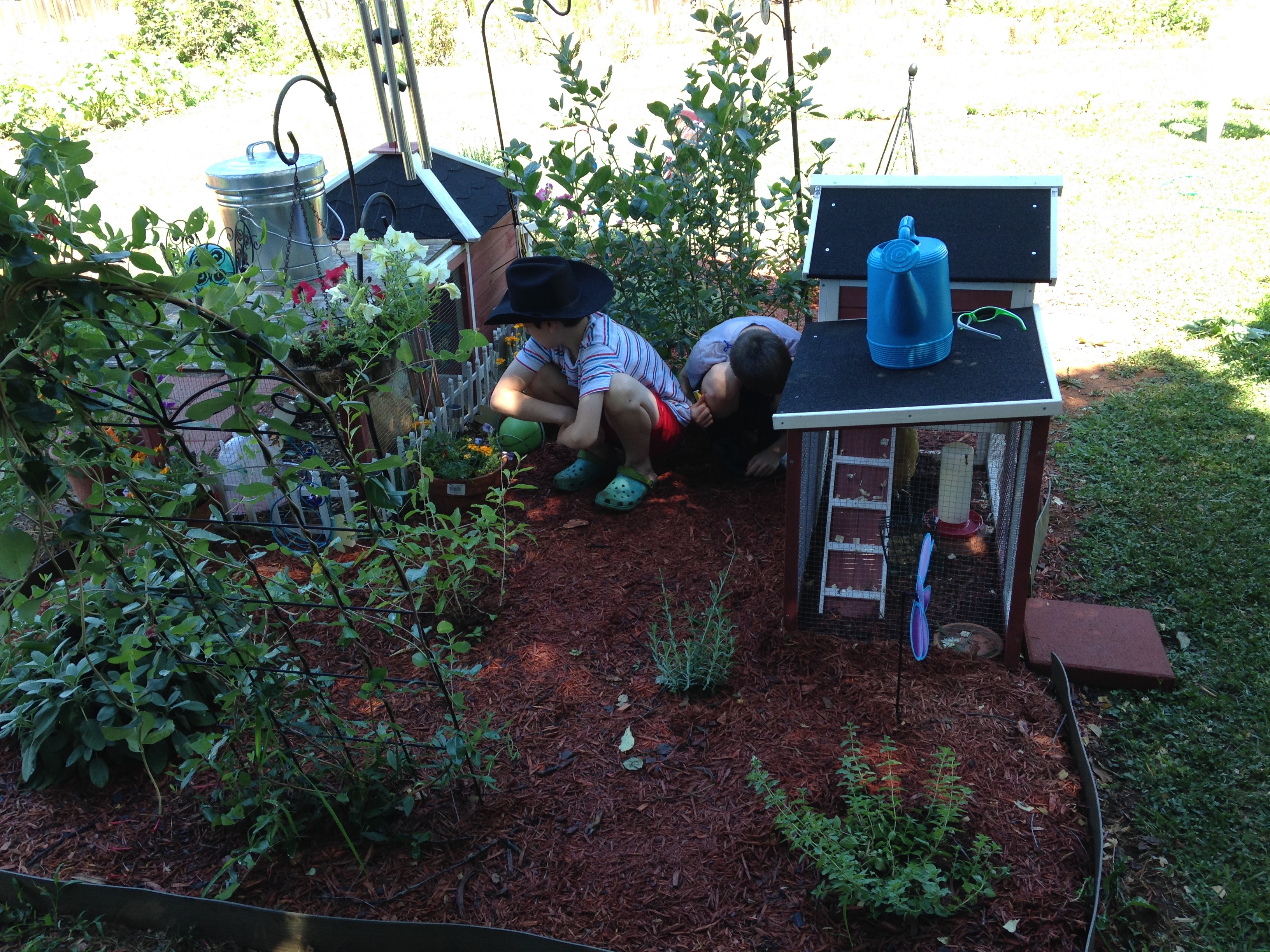
What to Know Before You Get Chickens.

Know your Zoning laws:
First and foremost, before you get chickens, know your zoning restrictions. Many cities, states, and counties have different laws regarding keeping livestock. If you are in the city, if you are allowed backyard chickens, you will most likely be restricted to a small number of hens, omitting roosters.
In the county or country, you may have more freedom, but you will still need to abide by guidelines.







For example, based on my location, I am not restricted to the number of chickens I can have. However, I am restricted on how far my coops need to be from my neighbor’s front door. My animals must be confined to my property by a fence or attached pen to a coop. I need to practice good manure management to reduce rodent and odor issues for my neighbors. Even in the country, some guidelines need to be followed.
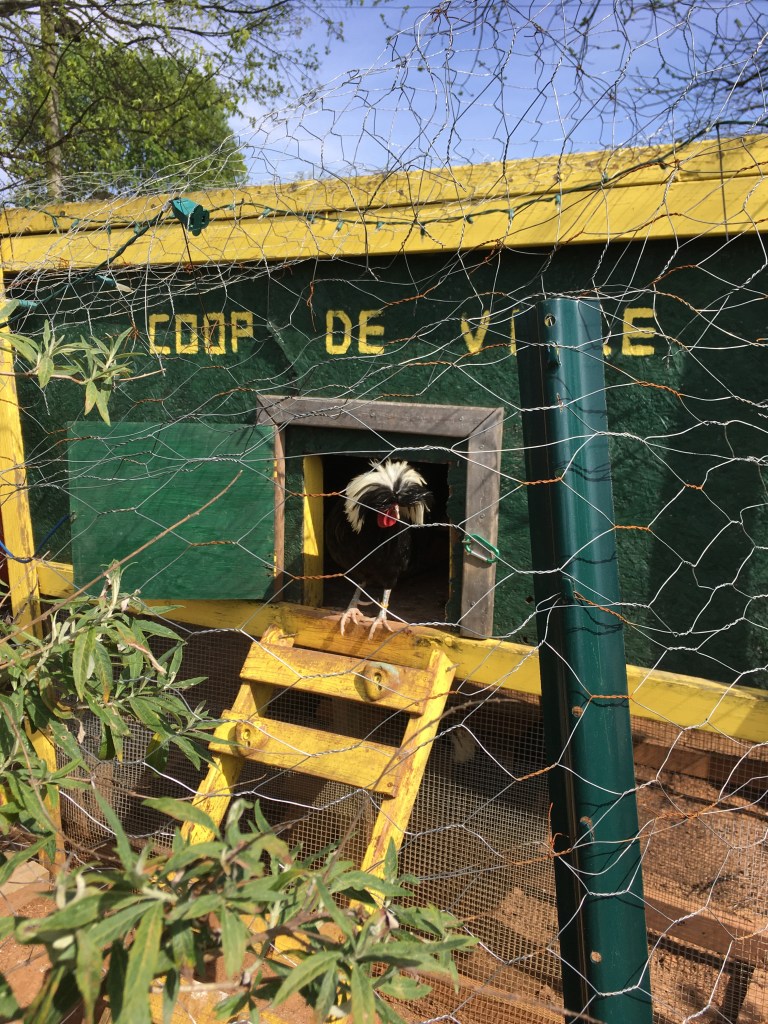
If you are unsure of what your zoning laws require, you can find out simply by calling the State Veterinarian for your state and asking. They will be able to tell you based on your location what your restrictions are.
Addiction
As the saying goes, “You can’t have just one”. This more than applies to owning chickens. I started with 17 Buff Orpington chicks and now have ballooned to a flock of 50+ of various breeds. I underestimated the addiction risk of chickens. I love my backyard divas and have plans for more.
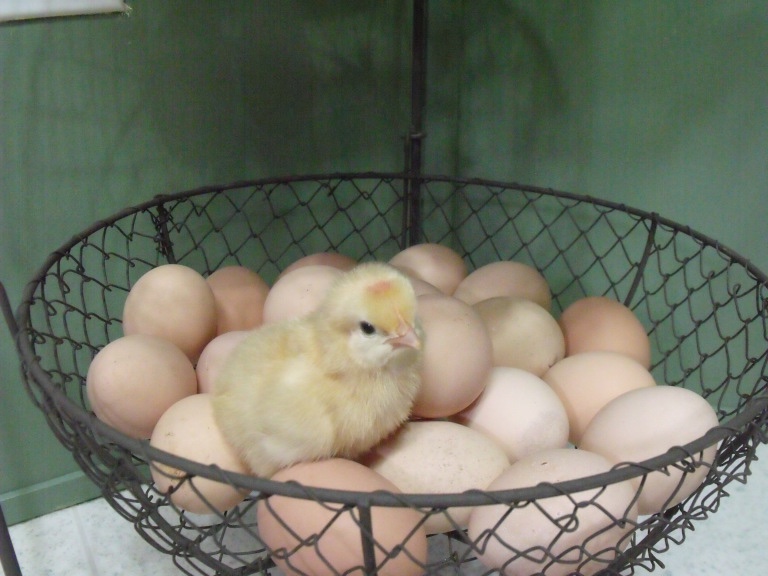
Today my flock is a thriving multicultural mesh of different breeds. By acquiring a variety of breeds, I can profile the behavior of various breeds along with any advantages and drawbacks. After owning several breeds, I can honestly say that the Polish are my favorite breed of all my Backyard Divas.
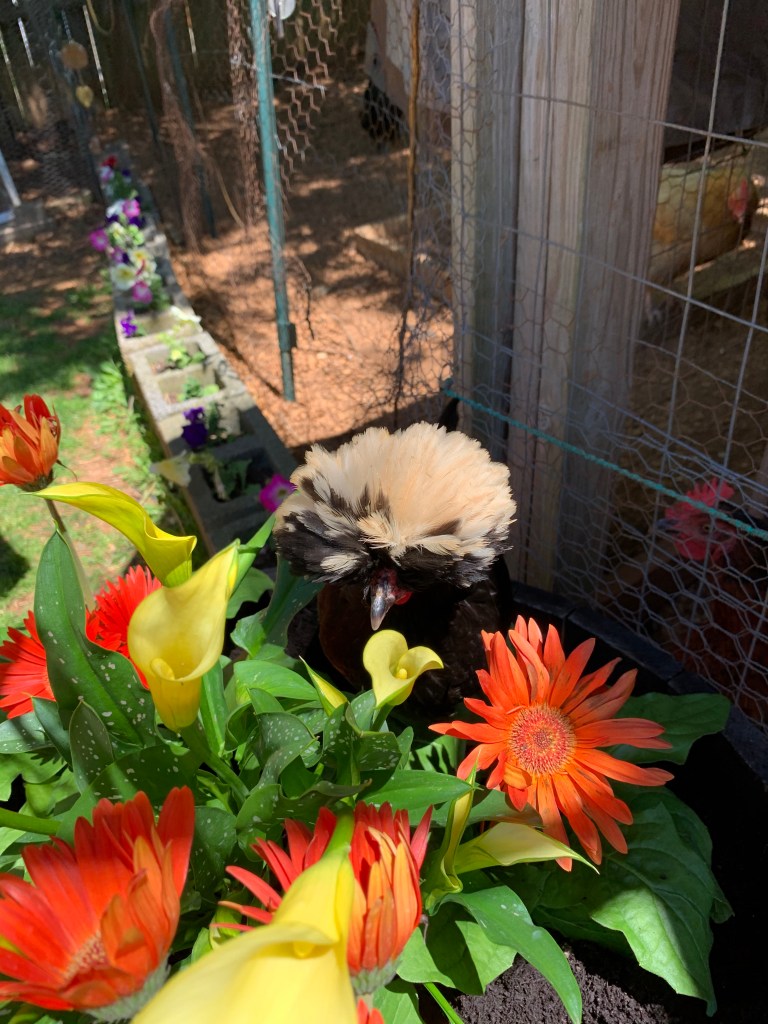
Time/chores

Chickens require time and daily care. Like all pets, chickens require dedication. However, chickens require little but give much in return.
To illustrate. My flock of 50 and 7 coops requires about 30 minutes of my time every morning. Daily chores consist of cleaning the coops, filling feeders, filling waterers, collecting eggs, and maintaining nesting boxes. All of this, while sounding like a lot does not require much time out of my day.
However, like a dog or cat, maintenance needs to be performed daily. Also, like your cat or dog, if you go on vacation, care will need to be arranged in your absences.
Eggs

Most people keep chickens for farm fresh eggs. However, this pursuit, although positive has some drawbacks.
First, once you get a taste of farm fresh eggs, it’s hard to eat any other type of egg. For example, store-bought eggs after eating farm-fresh eggs taste differently. You will find yourself becoming an egg connoisseur of sorts, an egg snob if you will.
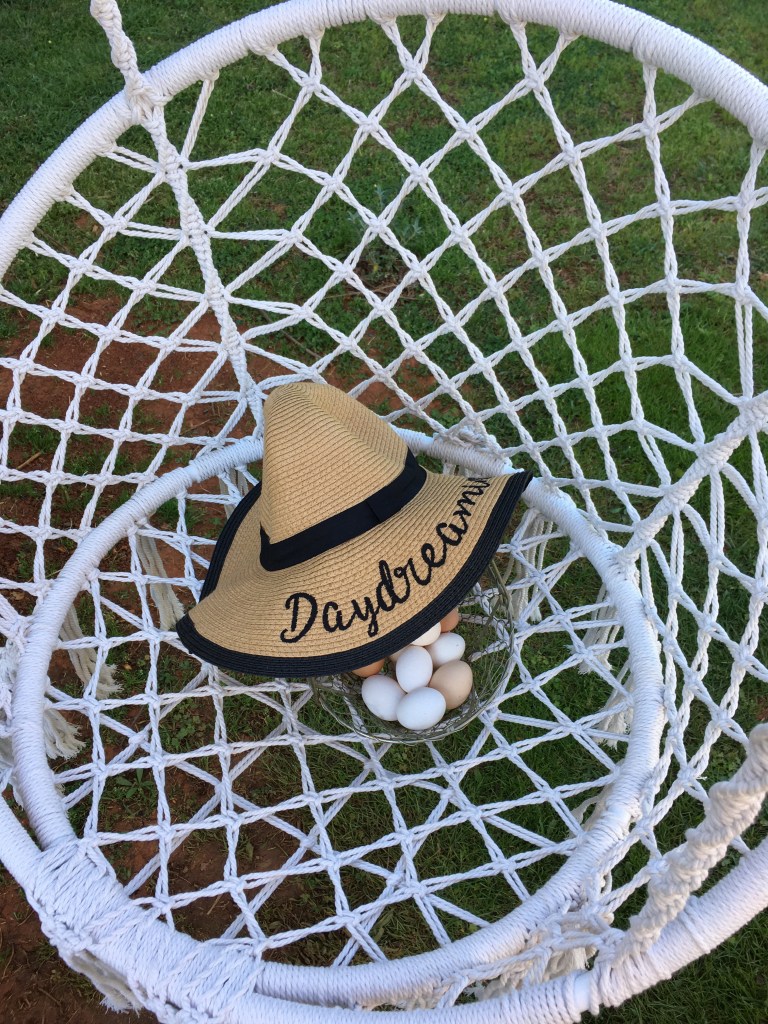
Second, you will come to realize that at first, your flock will produce the most expensive eggs that you ever collected. Allow me to explain.
Once obtaining your flock, it will be about 20 weeks or 5-6 months before you collect the first egg from the nesting box. But during the “waiting period”, you will have to feed your flock. Egg laying or not, feeding your flock is a necessity. By the time you get your first egg, you will have spent a hefty amount on chicken feed, flock supplies, and coops/pens. However, once the flock starts to lay dependably, your cost and reward ratio will begin to align. But until then, you will be putting money into a “timeshare” of sorts without any benefit. Many people do not realize this, they falsely assume that chickens lay eggs right away and do not factor in a period of egg drought.
Egg droughts do not only happen during the development/maturity of the hens toward laying age but also at various times throughout their lives. Yearly molt, the coldest part of winter, or the hottest part of summer depending on the breed. The point is, your flock will go through dry spells where they are not laying but you will be spending money on chicken feed. During these times of declined egg production, I humorously refer to my girls as “free-loaders”. All in good spirits of course. I understand my girls need a vacation now and then and grant them time off.
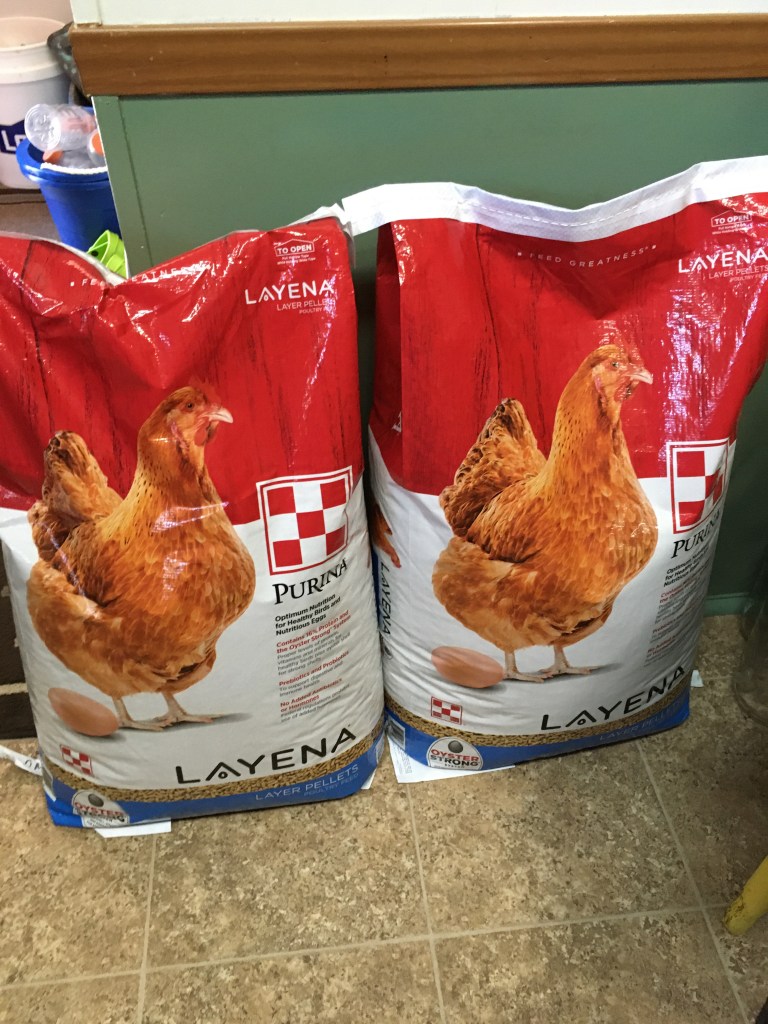
Third, they will find you. When an egg recall or egg ration is suffered by the egg industry, backyard chicken keepers become everyone’s favorite neighbor.
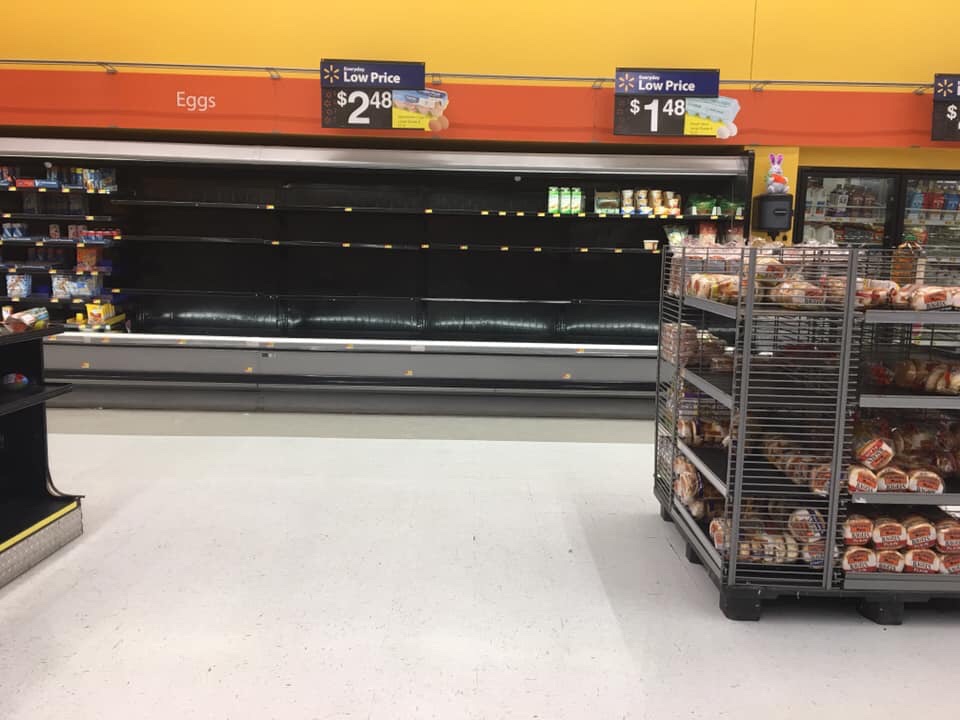
For example, during the past egg scare when the bird flu raged havoc throughout the egg industry, I got a few unexpected visitors at my door. It takes quite a bit of gut to knock on a stranger’s door and ask for eggs.
The situation of this particular visitor was rather unique. She was a friend of a friend, who worked with a friend who told her that she knew me and that I had a fairly large backyard chicken flock. Her husband was on a strict diet, eggs were his primary source of protein. Being that the bird flu forced many egg producers to recall eggs and euthanize their flocks, he was practically starving.
I gave her what eggs I had. I offered them at no charge given their unique and desperate situation. She insisted that she pay for them. This was the first day that a stranger knocked at my door and the girls turned a profit, but it was not the last.
All proceeds the girls make on the eggs, I turn back to them in the form of feed, treats, and other necessities.
This was when I first realized how self-sustaining my little farm is. A massive egg recall raging through the nation, had I not watched the news, I would have had no idea. Now, when egg recalls or egg scares make the news, I am prepared for a few visitors looking for eggs. The humble backyard chicken keeper to the rescue.
Illness and the importance of a Chicken first aid kit:
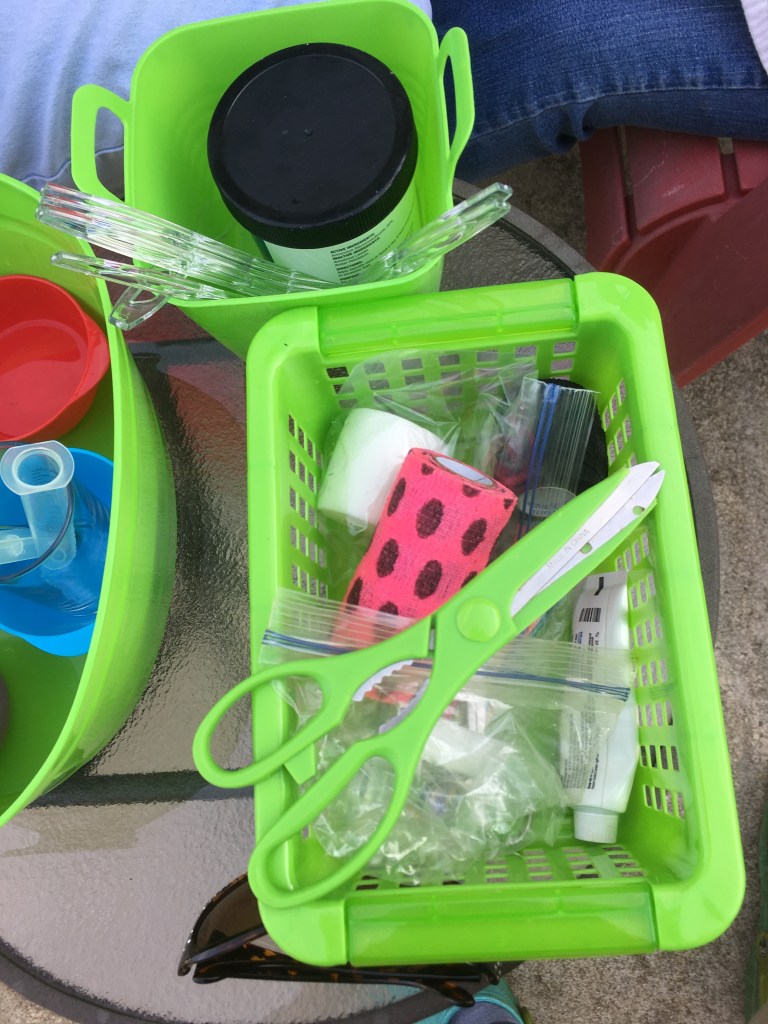
Just like kids and other pets, chickens too get sick. However, unlike a pediatrician for little humans and vets for cats and dogs, most vets will not treat chickens since they are technical “livestock”. While backyard flocks are rapidly reaching pet status, for now, they are categorized as livestock.
Thus, the backyard chicken keeper has to become a chicken doctor. Although this sounds scary, chickens are simple creatures. Most conditions that plague a backyard flock are relatively simple to treat.
The more common health conditions that a backyard chicken keeper will encounter are mites, lice, bumblefoot, fly strikes, respitorary illnesses, and sour crops. The good news is good flock maintenance practices will eliminate many of these conditions. If your flock has fresh water daily, fresh feed in clean feeders and a clean dry place to call home, most of these potential illnesses will be greatly reduced.
In my 10 years of keeping chickens, I have only had a few illnesses inflicted my flock. Mostly treatment for mites, worms, and bumblefoot. If your chickens are allowed to free range, at some point they will come down with a case of red fowl mites. You can think of mites as a badge of honor because your flock has access to grass, fresh air, and sun. Treatment is similar to flea/tick treatment for cats and dogs only for chickens. My favorite product for this purpose is Epernix. Found a Feed/Farm store in the cattle section.

Marketed for cattle, Epernix at a low dose is safe for chickens. Use 1/2 cc for bantams and 3/4 cc for standard-size birds. With a syringe, drop the liquid behind the neck, just like treating a cat or dog. Repeat in 14 days, and that’s it. After two doses, lice and mites are history. Treat every single flock member, I do this 1 to 2 times a year. I treat only when symptoms are present. Note: when using this product there is an automatic egg withdrawal of 20 days while the girls are in treatment.
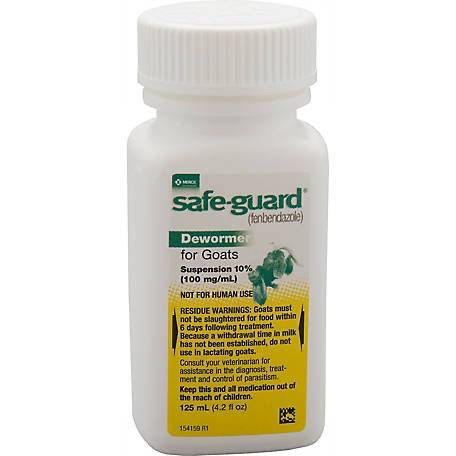
Worming is the same. Marketed for goats, safeguard at small doses it is an effective treatment for chickens. This time, with a different syringe use 1/2cc for bantam and 3/4cc for standard-size birds. Drop the wormer on a piece of bread and feed it to each member of the flock, repeat in 14 days. There is a 20-day egg withdrawal for safeguards like Eprinex. That’s it, crises averted.
The most complex issue I have had to deal with is bumblefoot. I will link a post detailing my method for dealing with bumblefoot here.
Although chicken keeper needs to take their flock’s health into their own hands, it’s not hard. Most things you need to treat your flocks are found at feed/Farm stores. If you can find a vet to treat your birds, the price will be very high. However, most vets will put a gravely ill chicken down. Some keepers prefer this to put their sick hens down. I humanly euthanize my sick members, but most people are not able to do this which is fine. Most vets will assist in this event.

Things to keep in your chicken first aid kit:
Vet wrap, gauze, triple antibiotic cream, salve, plastic knives for administrating salve and creams, sterile scissors for cutting gauze and vet wrap, hydrogen peroxide, syringes without needles for administrating medication orally, Rooster Booster poultry cell (great for providing sick birds with iron, amino acids, and minerals for recovery), Rooster Booster B-12 (good for providing sick birds with essential vitamins for healing, high in B-12), VetRx for poultry (great for birds with respiratory issues, similar to Vicks for humans. Drop in water or place under the wing to help birds recover), bleach to sterilize instruments.
Most of these things are household items except for items specific to poultry. Keeping a first-egg kit (pun intended) ready and stocked makes it easier to treat on the spot rather than waiting till you can get the items you need.
Have a plan for winter

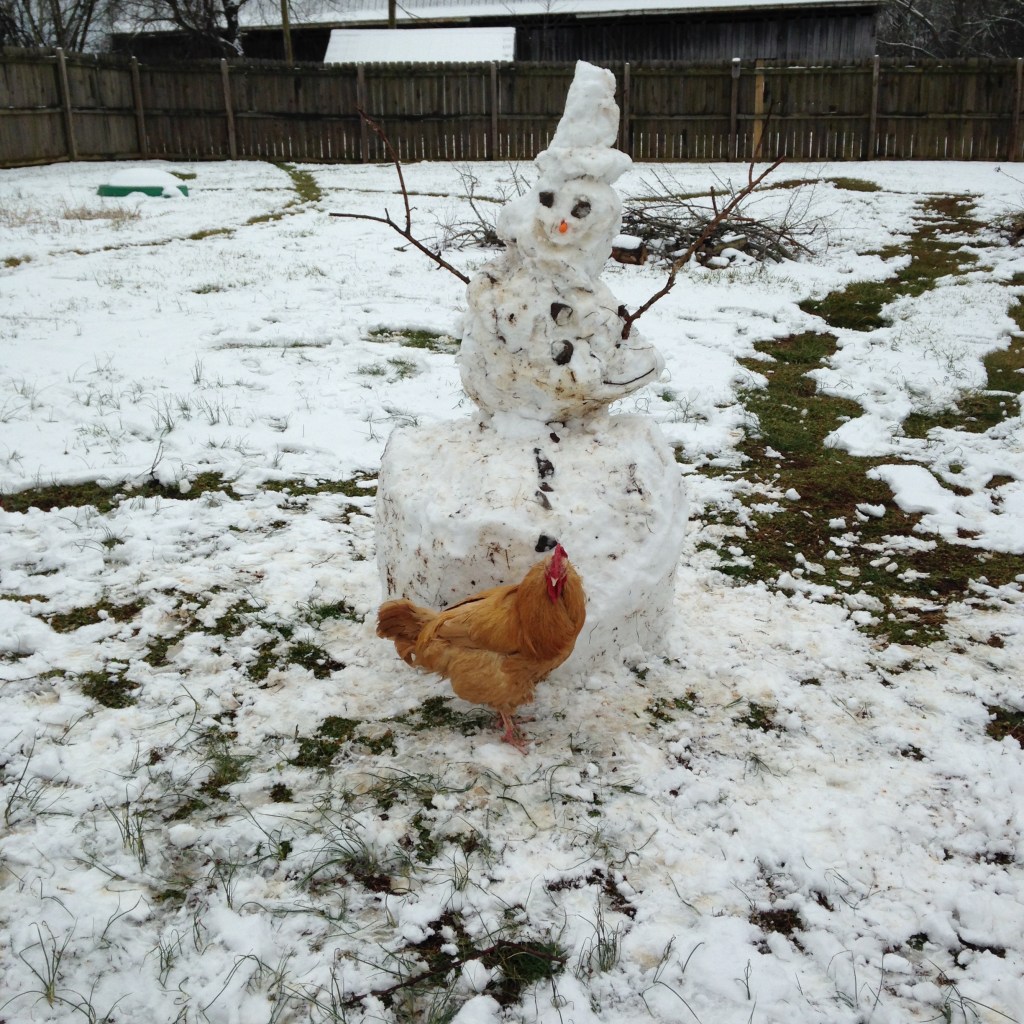



When acquiring chickens, most people are so focused on brooders and bringing their flock to laying age. Little thought is given to seasonal change. As fall approaches keepers often find themselves frantic as the mercury drops. Preparing a flock for winter takes time, preparation, and some expense. However, chickens come factory installed with down coats, it’s not the cold keepers need to worry about but wind and moisture. To adequately prepare your flock for winter a keeper needs to take measures to keep the coop/pen clean and dry. Installing a heater or heat lamp is not recommended. Coop fires are often started by good intentions to keep flocks warm. The rule of thumb is to never judge your flock’s comfort by your standards. Chickens evolved to live outdoors, all a keeper needs to do is keep them clean and dry, warmth is not necessary, the chickens take care of that on their own. I will link here the methods I use to prepare my flock and coops for winter.
Coops and Pens: There are so many options.


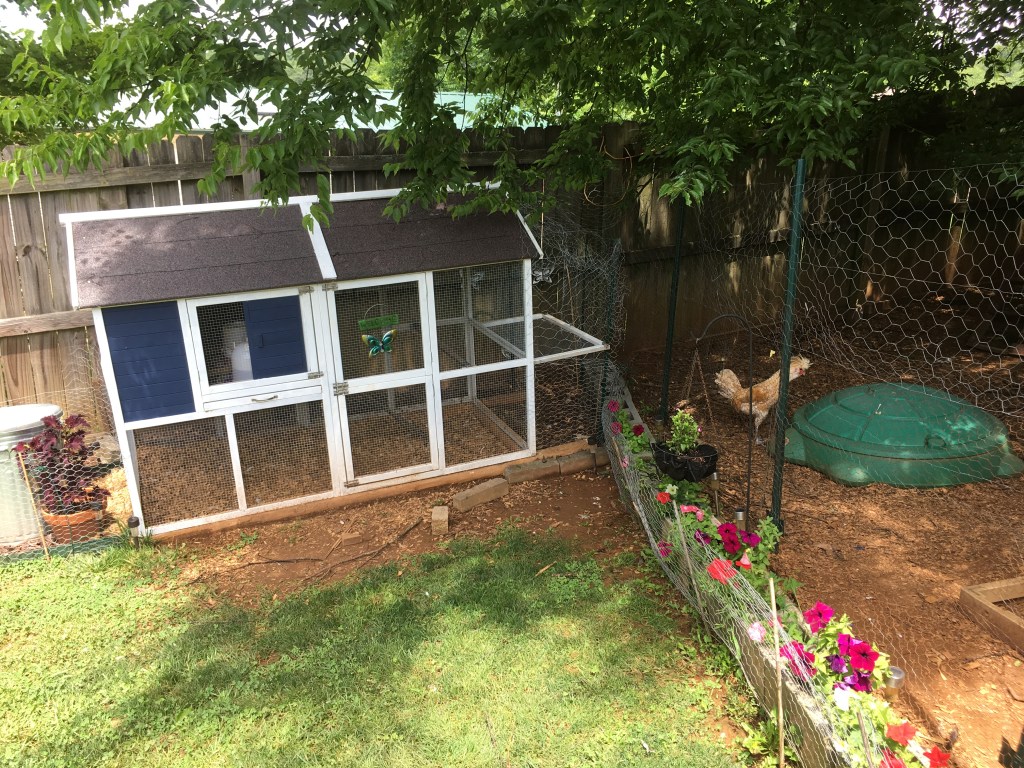

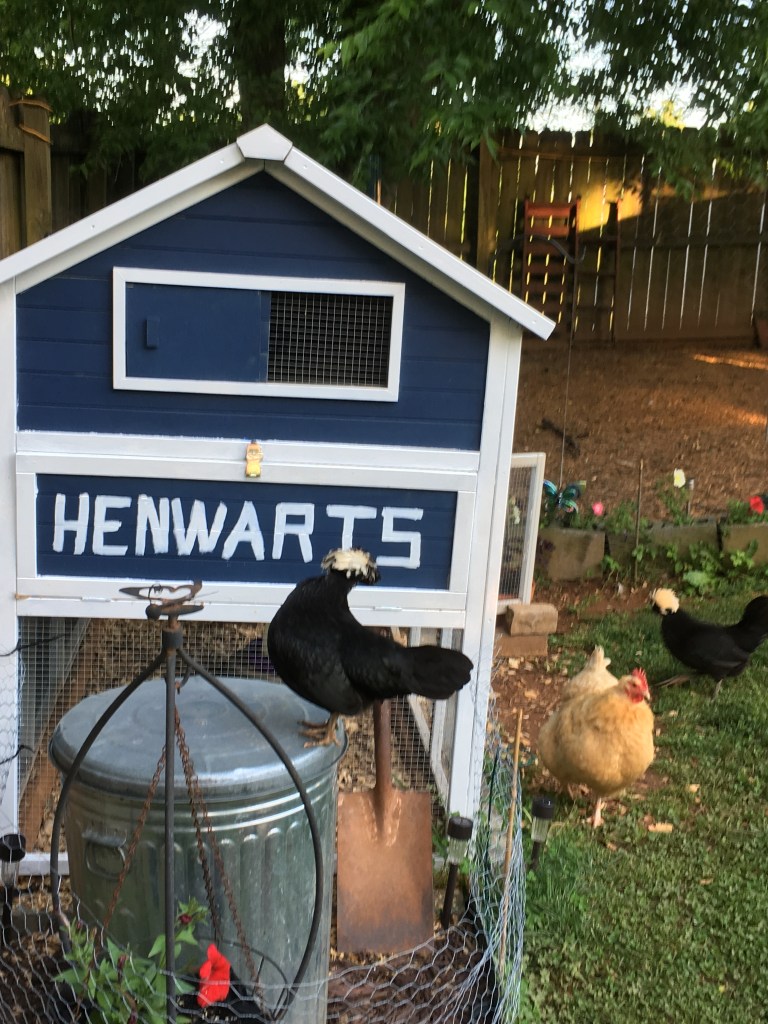







Before you get chickens, decide what kind of coop you want to get. Before shopping for coops, you need to know how many chickens you intend to get and how many coops you want to have. There are lots of resources for acquiring coops. If you are skilled at woodworking, you could build your own coop and pen. If you’re like me and woodworking is not your cup of tea, there are many prefab coops on the market. Contrary to popular belief, prefab coops can and do make great homes for your flock. I will link here my post where I talk about prefab coops, hacks, and how to get the most out of your prefab coops.
Finally and most importantly: Brooder set up
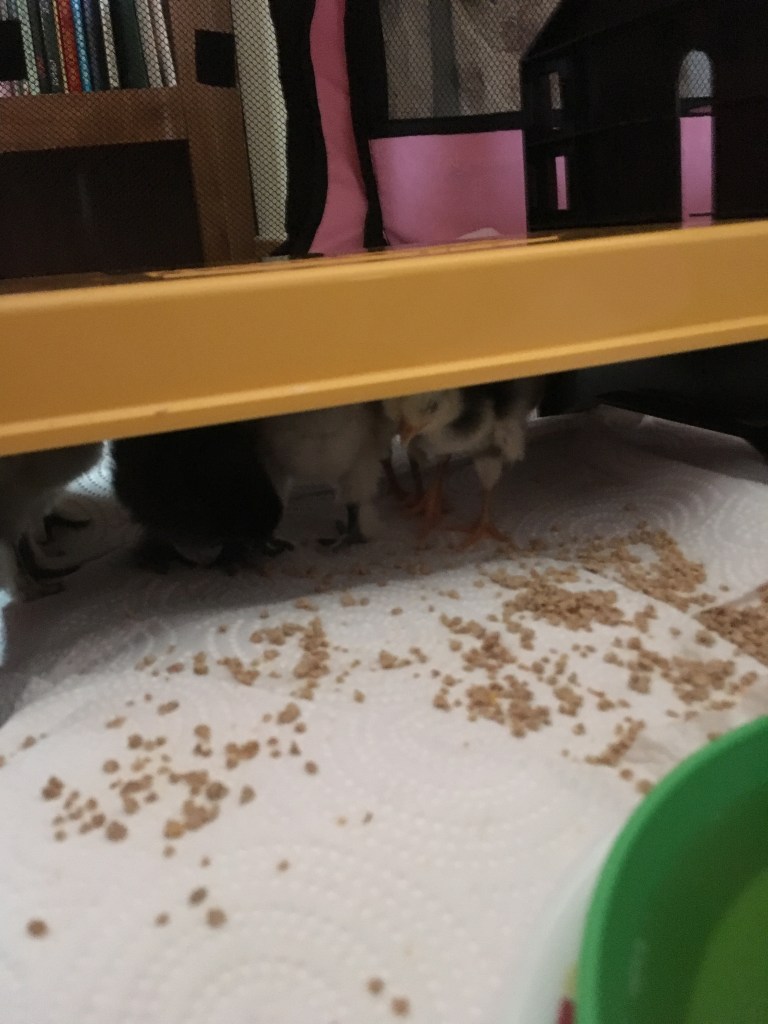
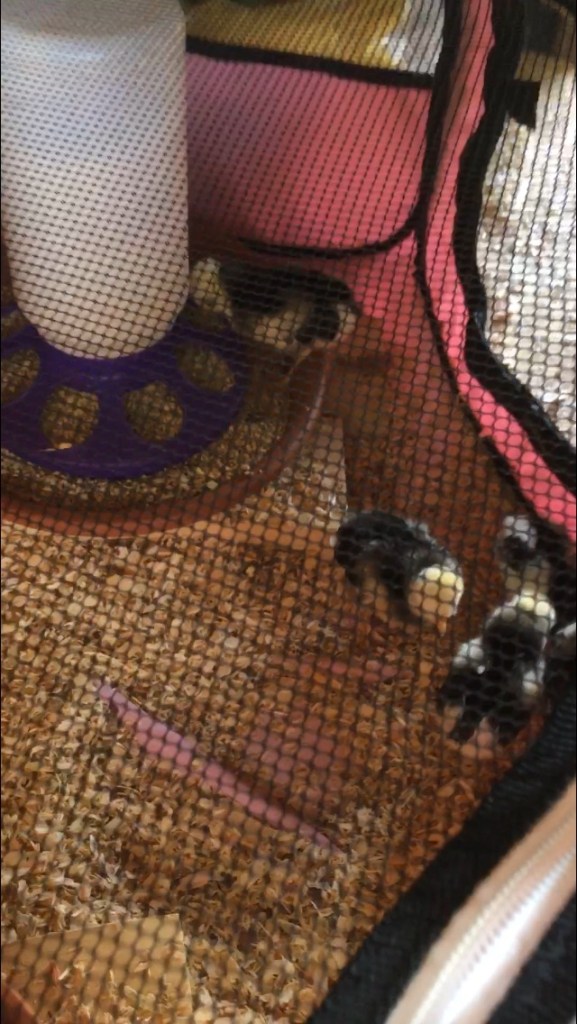
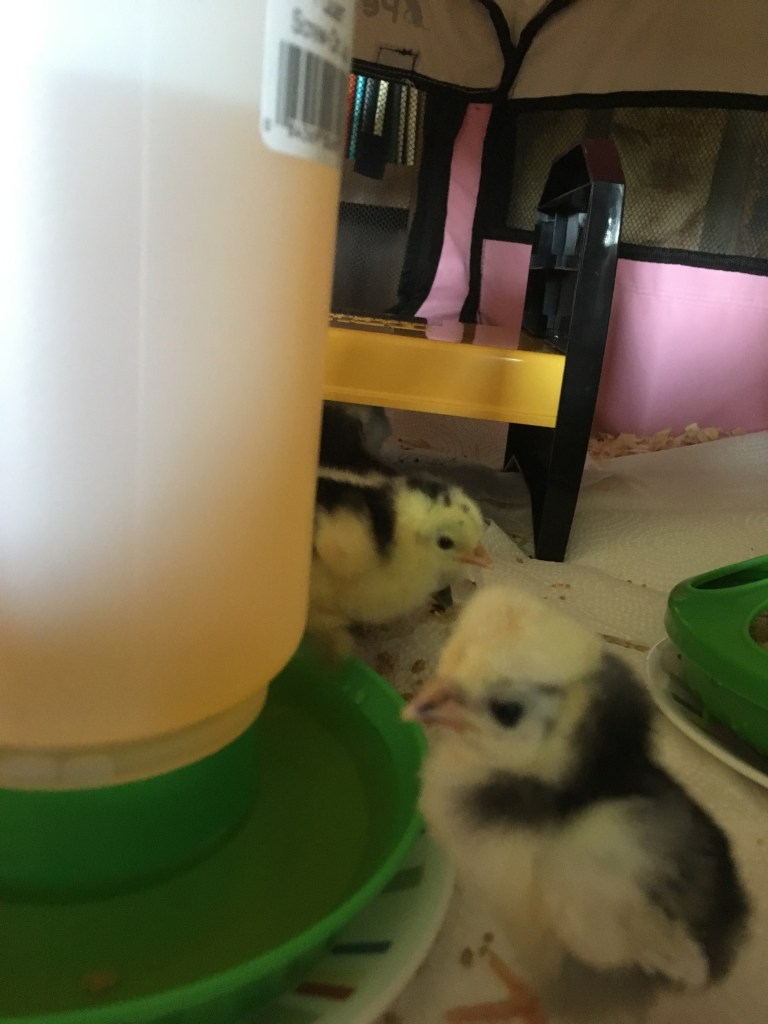

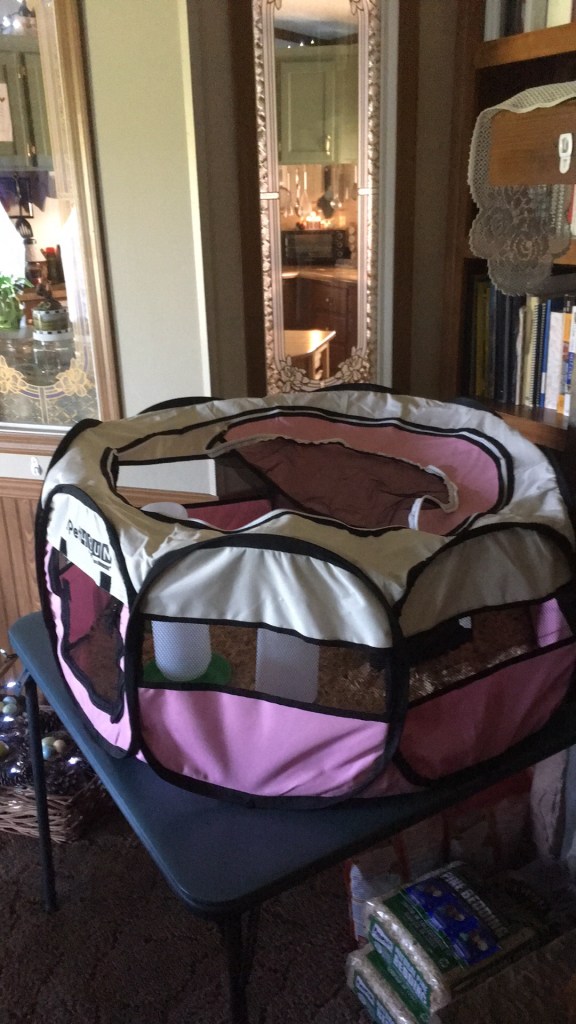


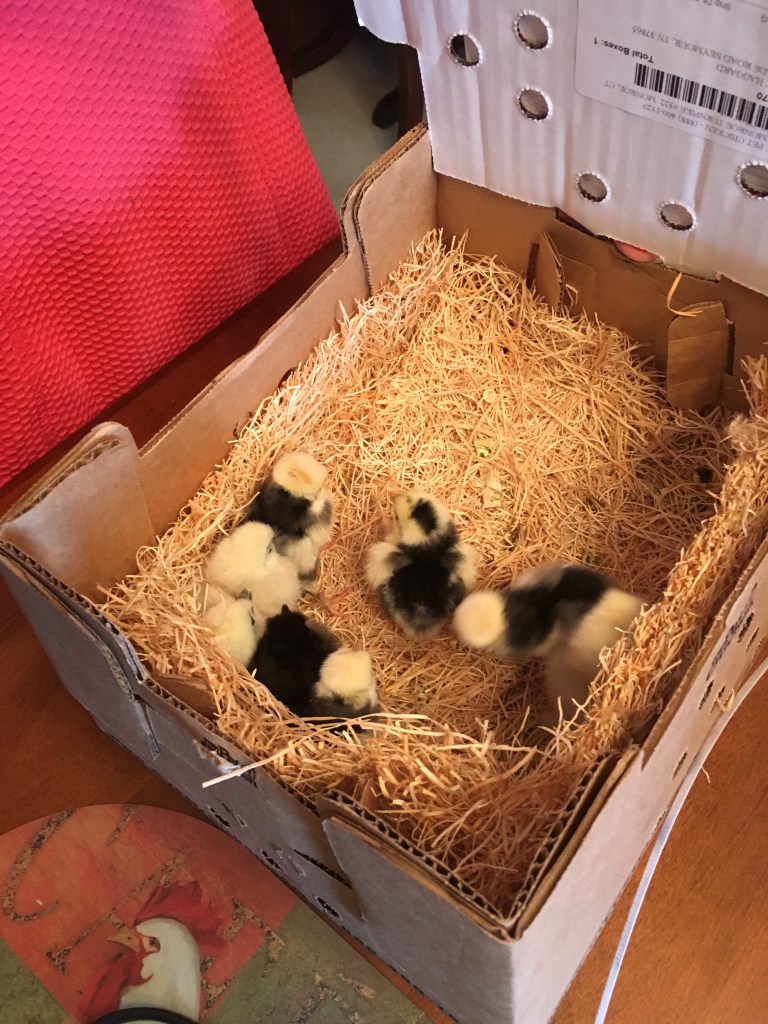





To raise a successful flock, your chicks need a good start, and the best place to get this start is in the brooder. Before you get chicks, you need to think about their brooder and how you plan to brood your clutch. Just about everything you can think of has been used for brooders, kiddie pools, Rubbermaid totes, dog crates, boxes, bathtubs, garages, attics, and so on. The possibilities are endless. At the end of the day, a brooder is just a heated home for your growing chicks, what you use to achieve this home is up to you. I started out using large boxes then switched to puppy playpens as my preferred brooding container. Everyone will have their idea on what to use and how to brood. The size of the flock will also affect the type of container to use. I will link my brooding method and supplies here.
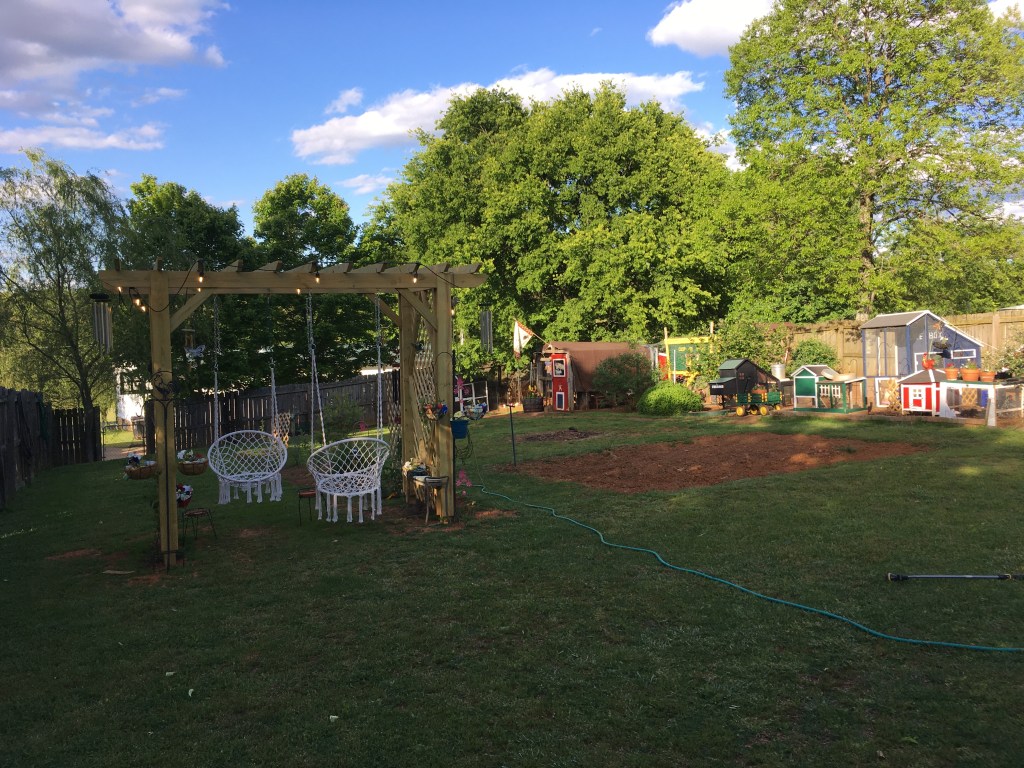
I hope that this post has been a helpful addition to the information-gathering phase on starting your backyard chicken flock. Chickens are a great asset to any farm, homestead, or city backyard. They ask little but give much in return.
If you have any questions not addressed in this post, feel free to ask. You can also drop us a line at kuntryklucker@gmail.com
I am a published author, multi-disciplinary writer, and blog contributor. If you enjoy this blog, please visit some of my other sites.
Knowledge of the Spheres – Exploring the Celestial Spheres’!
Coffee and Coelophysis – A blog about Dinosaurs!
Chicken Math University – Adventures in Homeschooling.
If you enjoyed this post, please peck the subscribe button. As always, thanks for reading. Till next time, keep on crowing!
~The Kuntry Klucker Crew~


